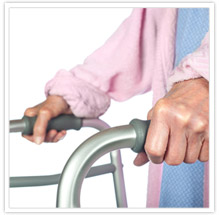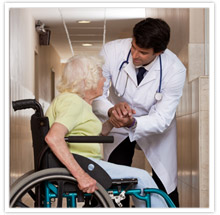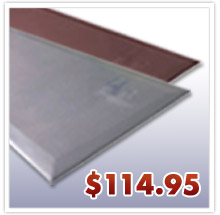 |
 |
Fall Prevention: Tools of the Trade Fall officially began last weekend, and now is the perfect time to take a close look at your facility's fall prevention efforts. Falls are a serious problem in nursing homes, with roughly 1,800 residents dying each year from fall-related injuries.1 Preventing falls requires implementing interventions at the organizational, staff and resident levels. There are also a number of products on the market designed to help reduce falls and fall-related injuries, including: |
|
Fall mats: These mats are typically placed at the bedside and help to absorb the impact from falls and prevent serious injury. Alarm/sensor pad systems: These two-piece systems can be placed in chairs or beds to alert staff when residents at risk of falls are on the move. Non-skid slippers: These slippers have slip-resistant soles. Many facilities use a color-coding system to indicate which residents are at a high risk of falling. Bathtub safety mats: Typically held in place by suction cups, these mats create a slip-resistant surface during bathing. Grab bars: Mounted either horizontally or vertically, grab bars provide additional support and balance. Raised toilet seats: Elevating a toilet seat's height can make it easier for the resident to sit and stand. Your ProMed territory manager is ready to tell you about our complete line of fall prevention products. Just give us a call at (800) 648-5190 or visit us online at www.promedsupply.com. Reference 1 Rubenstein LZ, Robbins AS, Schulman BL, Rosado J, Osterweil D, Josephson KR. Falls and instability in the elderly. Journal of the American Geriatrics Society. 1988;36:266–78. |
|||
|
The American Hospital Association issued a comment letter that noted hospitals risk loss of reimbursement when patients are admitted for short stays. The AHA also said that CMS frequently criticizes hospitals that use an excessive number of observation stays. To learn more, click here. |
|||
|
Product pricing is only visible to registered promedsupply.com customers. If you are not yet registered, give us a call at (800) 648-5190 and our Customer Care Professionals will be happy to get you set up. |
|||
 |
|||
 |
|||
 |

